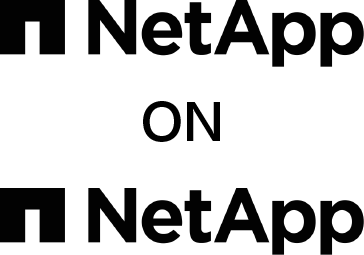An important firewall: separating work from home life
By Kevin McDonald, NetApp on NetApp Business Analyst
As a huge number of NetApp employee’s transition and get used to working from home, I wanted to take some time to share my own thoughts and experiences in adjusting to the practice over the last few years. The team I am on is spread out geographically, and some time ago we began to embrace telework more and more; since then I’ve learned a number of things that have helped me be productive and also make the most out of what can be the double-edged sword of working where you live. This is undeniably a very stressful time in the world, so I hope these thoughts can help minimize some of the new stress coming from this working paradigm.
My first, and most important piece of advice would be to create firewalls between “work life” and “home life” wherever you possibly can. One of the biggest struggles I’ve had (as well as friends and colleagues in this same situation), is that WFH can make it feel like you are always at work, because for perhaps the first time ever, relaxation, family, work, and household responsibilities are all completely in one place. Here are some things that have been most useful to me:
- If you have an office or space that you can dedicate to work (as much as possible), I’d strongly recommend doing so. At the end of your workday, minimize the time you spend in that space. It will help you focus on work when you are in your “work space” and focus on the rest of your life when you are out of it.
- Keep to your regular work schedule as closely as you can. This may seem obvious, but it is really, really, easy to finish a meeting, see something that needs attending to in the house and end up swapping back and forth between work and “rest of life stuff” all day long. When I fell into this bad habit, it made me feel like I couldn’t relax at the end of the day, and even while working, my thoughts easily wandered to what was happening around my house. It wasn’t healthy.
- This one might actually be the hardest for some people, but I had to learn to put the phone away at the end of the workday. When I began to regularly WFH, checking emails throughout the evening and in the early morning had a much bigger effect on my stress level than when I was in the office five days a week. If there wasn’t a critical item to address, I made a concerted effort to wait to check email until I was back at my “desk” (aka whatever workspace I had designated).
Another piece of advice would be to stay connected, and more often. I quickly realized that working from home was far more isolating than I had anticipated. Both socially and from a professional visibility perspective. For the colleagues with whom I have a close relationship with, I try to take the time to ping or call them as a way to virtually “stop by their desk”. If it is a manager or important stakeholder, increasing the cadence of status reporting was helpful for me to communicate that I was still on top of all the same work as when I was in the office.
My last recommendation would be to use that time you aren’t stuck in the car! Not having a commute does give you back some time, and it was a huge stress reducer for me to get out for some short walks every day or listen to a podcast. I try to pick activities that make me feel more energized to go back and get work done or ready to relax at the end of the day.
Across several roles in his time at NetApp, for the past 7 years Kevin has brought to bear his analytical skills and customer focus (whether internal or external) to drive results for IT. In his current role as part of the NetApp on NetApp team, Kevin manages the creation and development of impact metrics, focusing on IT engagement with customers. When not working, Kevin spends his time playing guitar, hiking, baking banana bread, and spending time with his girlfriend and dog at the beach.


